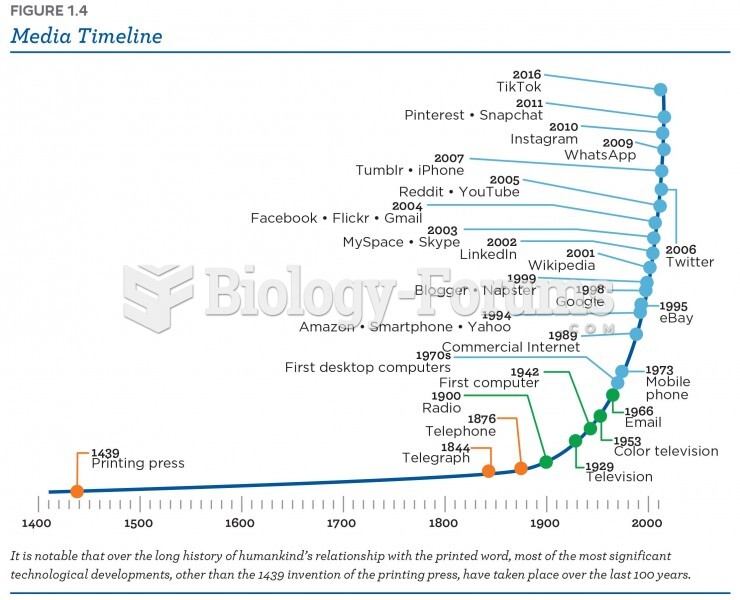Answer to Question 1
Today we are experiencing the rapid pace of technology like never before. We are witnessing the ongoing creation and launch of new communication modes, interactive processes, online advances, and mobile gadgets. So it is difficult to talk about the future of digital/interactive media, or pin down the ways they may impact advertising and promotion, because they are changing right before our eyes. What was introduced as new and cool a year or two ago is now considered just part of the interesting mix offered by the mainstream.
There is a good chance that two technologies related to digital/interactive media will have a big impact on the future of IBP -- wireless communication (especially mobile access), and Web-launched video and audio (expanding on today's rich media/video and audio).
A conglomerate of Internet companies already exists that can sell one another's products, and a wave of acquisitions, mergers, and partnerships are creating companies that can better track consumers' interests and intentions. Expanded broadband will allow more consumers access to the latest digital promotions, and will expose them to the latest tracking and data mining processes.
Agencies and advertisers are preparing for their new roles in the future reality of the broadcast Web including Internet television.. And location-based mobile marketers will continue to improve their technologies so that ads can be customized toward certain targets, then can find and reach preferred customers anyplace, anytime. Success may be based on the ability to deliver the message as close as possible to the point of sale.
Finally, both for-profit businesses and non-profit organizations will most likely continue to find new ways to engage consumers, to allow for meaningful conversations with them, and encourage them to become actively involved with their goods, services, and brands.
Though it is impossible to predict, new media formats have the potential to change advertising in dramatic ways. They will allow advertisers even more ways to track, segment, target, and reach consumers. But they will also allow consumers even more power over retailers and merchandisers, and more control over what promotional messages they hear, read, and see.
Answer to Question 2
B







